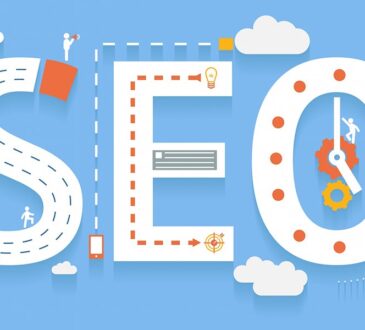
What does IoT refer to? IoT generally defines a network of Internet-connected hardware that can collect and interchange data like other computers connected to the internet under the Azure IoT hub. Azure has a few methods of offering IoT services.
IoT devices have collapsed in popularity in the connected age. These devices have embedded software, sensors, and processors, making their data exchange possible.
Akenza
The method of joining the precise Azure IoT Hub to akenza is entirely digital and can be completed in a few clicks on the Data Flow level; the user can interact, seamless connectivity between any Low Voltage sensor and the Azure IoT Hub.
- The IoT hub is a central message hub for bi-directional connection between IoT applications and managed devices under the Azure IoT hub.
- It’s important to note that in an IoT hub, communication is bi-directional. Sometimes IoT hub is compared to an Event hub, but an Event hub does not share this bi-directional capability under MQTT.
- An event hub was a precursor to an IoT hub for IoT petitions, but now IoT hub is the way to go. IoT hub is the foundational platform as a service contributing to devising communication, management, and connectivity under the Azure IoT hub.
Azure IoT Central
IoT hub is also a service for connecting IoT apps and the devices it controls. The distinction between IoT hub and IoT central is that IoT is an employment platform that clarifies the creation of IoT solutions under the Azure IoT hub.
IoT Central is a fully managed software-as-a-service solution. IoT central assists in decreasing the challenges of implementing IoT development, actions, and management under MQTT.
It lowers the bar for entry into the IoT landscape for clients with limited technical knowledge to manage the IoT stack.
- IoT Central is a managed SaaS solution.
- Application templates help with rapid application development
- Device provisioning service capabilities are built-in under the Azure IoT hub.
- Supports auto-scaling.
- Integrated data analysis services are made in.
- Data management is managed directly from Azure IoT Central.
- Event hub endpoint and message routing export data to other storage locations under MQTT.
- It needs a custom module on Azure IoT Edge and integrates it with Azure IoT Hub.
Azure IoT hub
- The IoT hub is a managed Pass.
- Start from scratch solution using Azure IoT hub and other Pass services.
- Device provisioning service is enabled separately.
- It does not support auto-scaling.
- Separate Azure Pass services are required to incorporate analytics, insights, and actions under the Azure IoT hub.
- Custom configuration is needed for high availability and disaster recovery under MQTT.
- Event hub endpoint and message routing export data to other storage locations under the Azure IoT hub.
- IoT hub data is sent to Stream Analytics, Time Series Insights, or Event Grid.
- Requires a custom module on Azure IoT Edge and integrates it with Azure IoT hub.
IoT Central decreases the burden and cost of expanding, managing and keeping enterprise-grade IoT solutions under MQTT. Choose to build with IoT central.
Create an IoT central applications
Application devices in Azure IoT Central are a tool to assist you in kickstarting your IoT solution development. You can quickly install a new IoT central application and computerize it to your specific requirements under MQTT.
You can use application devices to acquire a feel for what is practicable to customize your application to resell to your customers entirely under the Azure IoT hub.
Connect devices
After you create your application, developing and connecting devices is next. The following videos walk you through securing a device to an IoT central employment.
Every device linked to IoT central uses a device template.
- Telemetry it sends. Examples include temperature and humidity.
- Business properties that an operator can modify. Examples include a customer address and the last serviced date.
- Device properties are set by a tool and are read-only in the application under the Azure IoT hub. For example, the state of a valve is either open or shut.
- Properties that an operator sets determine the behavior of the device under MQTT.
- An operator can call commands that run a device under the Azure IoT hub.
Personalize the UI
Personalize the IoT central application UI for the operators responsible for the application’s day-to-day use.
- Arranging custom dashboards to assist operators in discovering insights and resolving problems faster under MQTT.
- Organizing custom analytics to examine time series data from your linked devices under the Azure IoT hub.
- Defining the layout of properties and settings on a device template.
Manage your devices
Use the IoT central application to manage the devices in your IoT-leading solution. Operators do tasks such as:
- Monitoring the devices connected to the application.
- Troubleshooting and remediating issues with devices.
- Provisioning new devices.
You can define custom rules and actions over data streaming from connected devices. An operator can enable or disable these rules at the device level to control and automate tasks within the application under the Azure IoT hub.
Organizations mainly use IoT Central without sufficient cloud skills and knowledge under MQTT. It’s a ready-to-use solution with user-friendly dashboards that simplify connecting and managing devices within the cloud under the Azure IoT hub.



